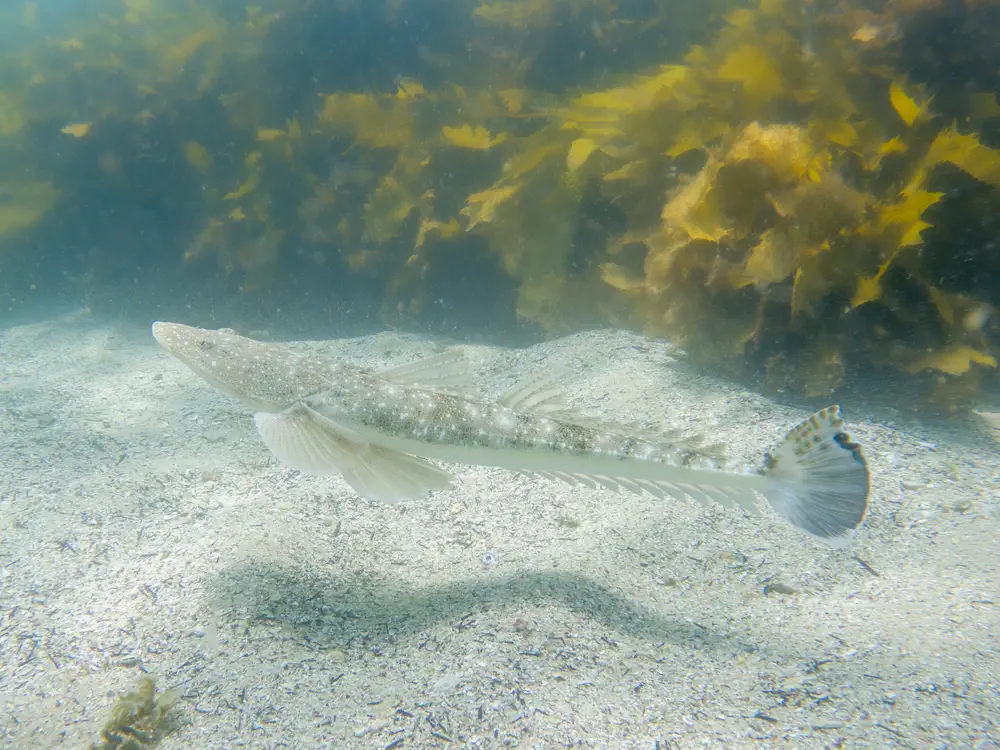Ray-finned fishes, belonging to the class Actinopterygii, are the most diverse and abundant group of vertebrates on Earth, comprising over 30,000 species. Characterized by their bony skeletons and the distinctive structure of their fins, these fish have fin rays—bony spines or soft rods—supported by muscles, which give them exceptional mobility and control in aquatic environments. Found in nearly every water habitat, from deep oceans to freshwater rivers and lakes, ray-finned fishes include familiar species such as salmon, tuna, goldfish, and seahorses. Their adaptability is attributed to a wide range of evolutionary traits, including varied body shapes, reproductive strategies, and feeding mechanisms. As critical components of aquatic ecosystems, they play roles ranging from predators to prey, contributing to the ecological balance and supporting human economies through fishing and aquaculture.
